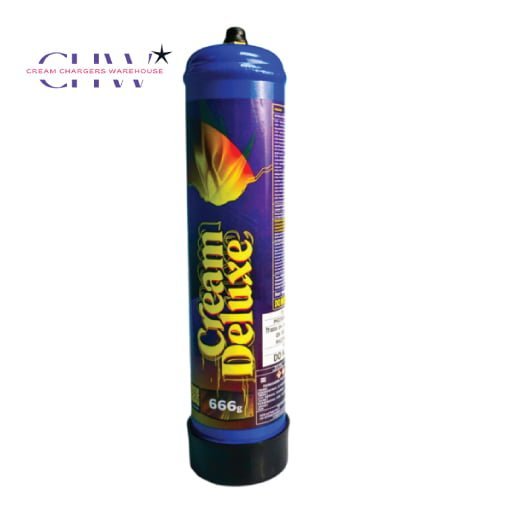From Concept to Shine: Demystifying Plating on Plastic
In the world of contemporary production, the artwork and science of plating on plastic have undergone a progressive transformation. After limited to old-fashioned material substrates, plating methods have changed to encompass a diverse selection of products, including plastics. This paradigm change has revealed new possibilities in industries including automotive to electronic devices, wherever lightweight, durable, and visually desirable components are paramount.
Understanding Plating on Plastic
Plating on plastic requires the electrochemical deposition of material layers onto plastic substrates, thus imparting qualities such as for instance conductivity, toughness, and improved appearance. Unlike metal substrates, materials provide unique challenges due to their non-conductive character and area characteristics. Advanced practices in plating on plastic have addressed these challenges through improvements in pretreatment processes, product collection, and deposition methods.
Key Advancements in Plating Techniques
1. Pretreatment Operations
Pretreatment is an essential part of plating on plastic, because it makes the substrate floor to ensure adhesion and longevity of the material layer. Traditional practices involved harsh chemical etching, which may compromise the strength of plastic components. Nevertheless, modern pretreatment methods employ eco-friendly functions such as plasma therapy and UV/ozone exposure. These methods efficiently clear and stimulate the plastic floor without damaging the substrate, paving just how for remarkable material adhesion.
2. Product Variety
The decision of plastic-type material significantly impacts the achievement of plating processes. Thermoplastics such as for example ABS (acrylonitrile butadiene styrene), PC (polycarbonate), and PP (polypropylene) are generally used due to their compatibility with plating compounds and mechanical properties. Recent developments have also observed the integration of engineered polymers that offer increased thermal stability and compound weight, further increasing the applicability of plating on plastic in challenging environments.
3. Electroplating and Electroless Plating
Electroplating and electroless plating are the primary methods used in plating on plastic, each giving distinctive benefits with respect to the application needs:
Electroplating: This technique involves the concentration of plastic substrates into an electrolytic shower comprising material ions, which are deposited onto the top underneath the influence of an electrical current. Electroplating gives specific control over material width and arrangement, which makes it suitable for ornamental and useful applications such as for instance automotive emblems and electronic housings.
Electroless Plating: Unlike electroplating, electroless plating does not require an external electric current. Alternatively, it utilizes autocatalytic substance tendencies to deposit a standard steel layer on the plastic surface. Electroless plating presents outstanding protection on complicated geometries and central materials, making it suited to programs wherever uniformity and corrosion opposition are important, such as for instance aerospace parts and medical devices.acabados de cromo trivalente
Applications Across Industries
The flexibility of plating on plastic has propelled its usage across varied industries, revolutionizing item design and functionality:
1. Automotive Industry
In the automotive sector, plating on plastic is extensively useful for interior and outside components, giving light alternatives to conventional material parts without reducing visual appeal. Chrome-plated plastic grilles, badges, and trim elements exemplify the combination of type and functionality allowed by sophisticated plating techniques.
2. Consumer Electronics
Gadgets depend on plating on plastic to accomplish modern, sturdy completes for smartphones, tablets, and wearable devices. Conductive coatings applied through electroplating facilitate effective electromagnetic protecting and increase indicate sign, ensuring maximum efficiency in wireless conversation devices.
3. Medical and Healthcare
In medical applications, plating on plastic represents a crucial role in enhancing the biocompatibility and sterilizability of precise instruments, diagnostic gear, and implantable devices. Electroless nickel-phosphorus coatings, for instance, give rust opposition and wear protection, extending the life of important medical components.
Environmental Considerations and Sustainability
As industries strive towards sustainability, improvements in plating on plastic have embraced eco-friendly methods to reduce environmental affect:
Water-based Preparations: Companies have transitioned from solvent-based to water-based remedies in plating processes, lowering risky normal element (VOC) emissions and hazardous waste generation.
Recyclability: Coated plastic components could be recycled through selective dissolution of steel layers, selling circular economy rules and reducing landfill waste.
Future Perspectives and Innovations
Looking forward, ongoing study and progress attempts are dedicated to improving the efficiency and usefulness of plating on plastic:
Nanostructured Coatings: Nano-coatings provide enhanced mechanical homes and area functionalities, opening new techniques for purposes in nanoelectronics and sophisticated sensors.
3D Making Integration: Additive production practices such as for example 3D printing are being incorporated with plating operations to fabricate complicated geometries with designed area houses, facilitating quick prototyping and customization.
Conclusion
To conclude, the evolution of plating on plastic presents a paradigm shift in modern manufacturing, offering unmatched flexibility, toughness, and aesthetic appeal across industries. By leveraging advanced techniques in pretreatment, substance collection, and deposition methods, makers can perform superior effects in item design, performance, and environmental sustainability. As technological developments continue to operate a vehicle innovation, the long run holds encouraging possibilities for further improving the efficiency and applicability of plating on plastic in the world wide market.

Comments
Post a Comment